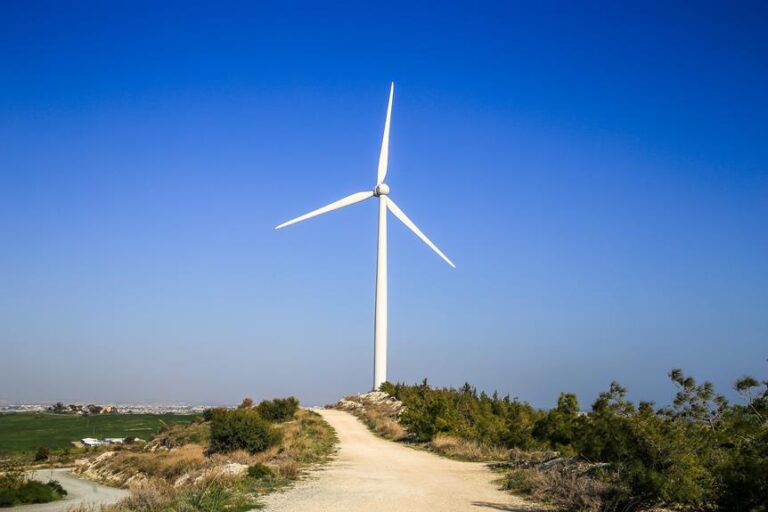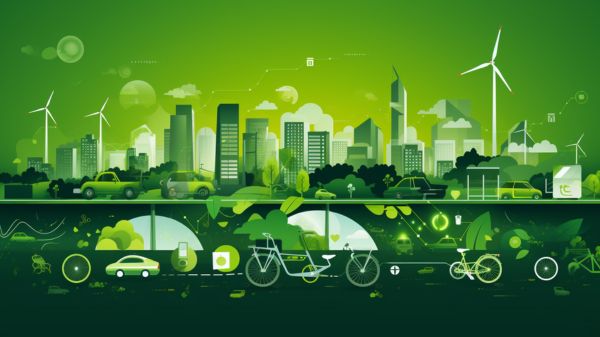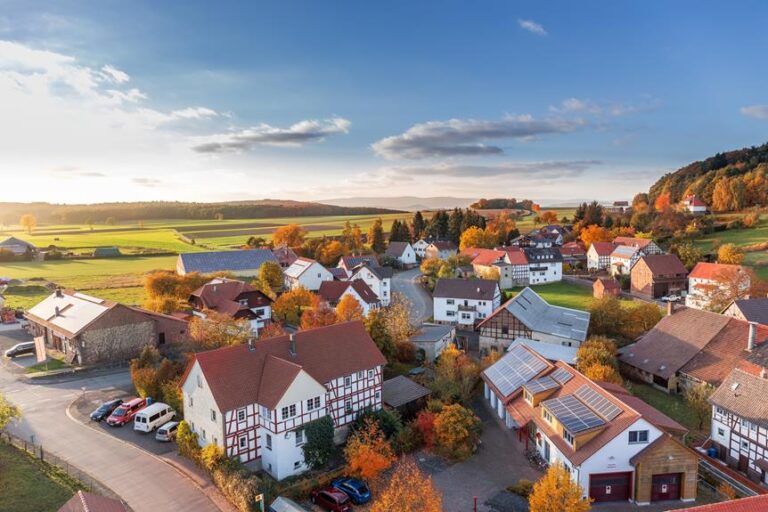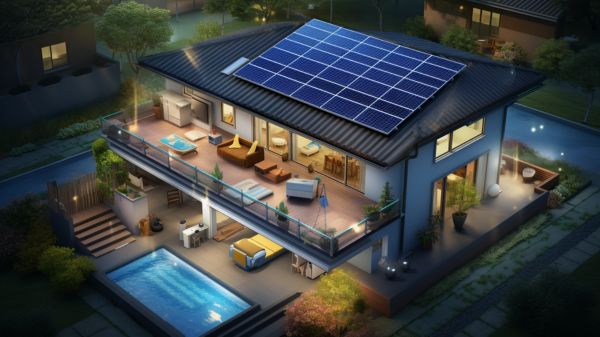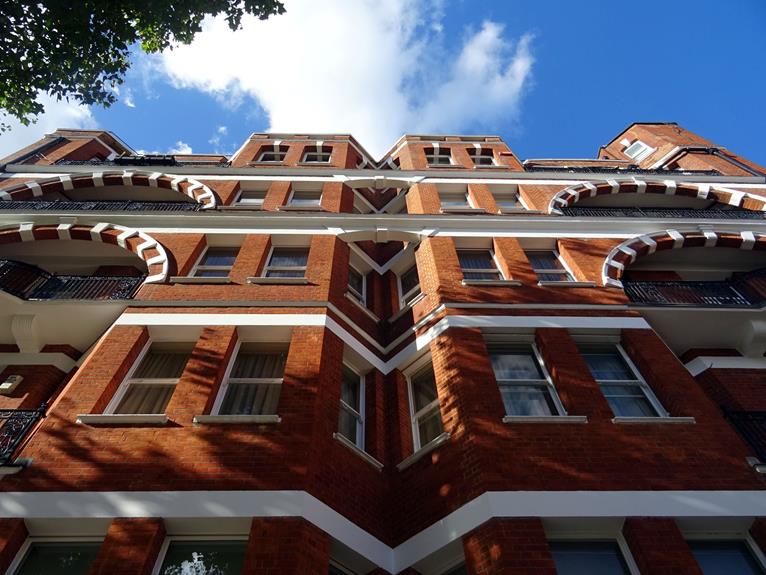The Advantages of Sustainable Living in a Green Economy
We’ve all heard about the benefits of sustainable living, but what exactly are the advantages of embracing this lifestyle in a green economy?
Well, let us tell you:
- Reduced environmental impact
- Healthier living spaces
- Cost savings
- Increased job opportunities
- Enhanced resource efficiency
- Resilience to climate change
- Improved quality of life
By making sustainable choices, we not only protect our planet, but also create a more prosperous and fulfilling future for ourselves and our communities.
So, let’s dive in and explore the many advantages of sustainable living in a green economy.
Reduced Environmental Impact
Reduced environmental impact is one of the key benefits of embracing sustainable living in a green economy. By focusing on energy conservation and sustainable agriculture, we can significantly minimize our negative effects on the environment.
Energy conservation involves using energy more efficiently and reducing our overall consumption. This can be achieved through simple actions such as turning off lights when not in use, using energy-efficient appliances, and optimizing our heating and cooling systems.
Sustainable agriculture, on the other hand, promotes farming practices that minimize the use of synthetic pesticides and fertilizers, conserve water, and protect biodiversity. By adopting these practices, we can reduce pollution, preserve natural resources, and protect the delicate balance of ecosystems.
Embracing sustainable living not only benefits the environment but also contributes to a healthier and more resilient planet for future generations.
Healthier and Cleaner Living Spaces
When it comes to sustainable living and a green economy, one of the key advantages is the creation of healthier and cleaner living spaces. By adopting sustainable practices, such as using eco-friendly materials and reducing energy consumption, we can significantly improve indoor air quality. This means less exposure to harmful pollutants and allergens, resulting in better respiratory health for occupants.
Additionally, sustainable living helps reduce environmental pollution, leading to cleaner surroundings and a healthier overall environment for everyone.
Improved Indoor Air Quality
Our sustainable living practices contribute to a healthier and cleaner living space through the improvement of indoor air quality. By prioritizing energy efficiency and using sustainable materials, we create an environment that promotes better health and well-being.
Here are four ways in which our sustainable living practices improve indoor air quality:
- Use of low-VOC (volatile organic compound) paints and finishes reduces harmful emissions and improves air quality.
- Proper ventilation systems ensure the circulation of fresh air, preventing the buildup of pollutants and allergens.
- Installation of energy-efficient appliances and HVAC systems reduces the release of pollutants and improves indoor air quality.
- Incorporation of natural building materials, such as bamboo or cork flooring, reduces the presence of synthetic chemicals and improves air quality.
Reduced Environmental Pollution
By adopting sustainable living practices in a green economy, we create healthier and cleaner living spaces by significantly reducing environmental pollution. Environmental conservation and sustainable development are key factors in achieving this goal.
Sustainable living involves using resources efficiently, minimizing waste, and reducing carbon emissions. This not only benefits the environment but also improves the overall quality of life for individuals and communities.
By reducing pollution, we can breathe cleaner air, drink cleaner water, and enjoy a healthier environment. This promotes better health outcomes, reduces the risk of diseases, and enhances our well-being. It also creates a sense of belonging and pride in our communities, knowing that we’re actively contributing to the preservation of our planet for future generations.
Cost Savings and Financial Stability
In the transition to a green economy, we can achieve cost savings and financial stability through sustainable living practices. Here are four key ways that sustainable living can help us save money and create a more stable financial future:
- Energy Efficiency: By adopting energy-efficient technologies and practices, we can reduce our energy consumption and lower our utility bills. This not only saves money but also reduces our reliance on fossil fuels, leading to a more sustainable energy system.
- Sustainable Consumption: Embracing a lifestyle of sustainable consumption means buying products and services that are environmentally friendly and durable. This approach can help us avoid unnecessary spending on items with short lifespans, ultimately saving us money in the long run.
- Waste Reduction: By reducing waste and embracing recycling and composting, we can minimize our expenses on garbage disposal and potentially even generate additional income through selling recycled materials.
- Investing in Renewable Energy: Transitioning to renewable energy sources, such as solar or wind power, can help us save money on electricity bills and create opportunities for investment in the growing green energy sector.
Increased Job Opportunities
Transitioning to a green economy not only brings cost savings and financial stability, but it also creates increased job opportunities. Green job creation plays a crucial role in driving economic growth and providing employment opportunities in various sectors. As the demand for sustainable products and services continues to rise, industries such as renewable energy, energy efficiency, and waste management are experiencing significant growth.
In the renewable energy sector, there’s a need for skilled workers to design, install, and maintain solar panels, wind turbines, and other clean energy technologies. Energy efficiency initiatives also require experts in building retrofitting, insulation, and smart grid technologies. Additionally, the transition to a circular economy demands professionals specializing in waste reduction, recycling, and resource management.
Enhanced Resource Efficiency
As we explore the advantages of sustainable living in a green economy, one key aspect to consider is the enhanced resource efficiency that comes with it. Sustainable development and energy conservation go hand in hand, leading to a more efficient use of resources and a reduced environmental impact. Here are four key ways in which sustainable living promotes enhanced resource efficiency:
- Renewable Energy: By harnessing clean, renewable energy sources such as solar and wind power, we can reduce our reliance on fossil fuels and decrease greenhouse gas emissions.
- Water Conservation: Implementing water-saving techniques like rainwater harvesting and efficient irrigation systems can help conserve this precious resource.
- Waste Reduction: Adopting practices like recycling, composting, and reducing single-use items can significantly reduce the amount of waste that goes to landfills.
- Efficient Transportation: Encouraging sustainable modes of transportation, such as walking, cycling, and public transit, can reduce fuel consumption and air pollution.
Resilience to Climate Change
One key advantage of sustainable living in a green economy is our increased ability to withstand the impacts of climate change. Climate adaptation and weather resistance are crucial factors in building resilience against the changing climate.
By adopting sustainable practices and technologies, we can minimize our vulnerability to extreme weather events such as hurricanes, droughts, and heatwaves. Green infrastructure, such as permeable pavements and green roofs, can help mitigate flooding and reduce the heat island effect in urban areas.
Renewable energy sources, like solar and wind power, provide a reliable and resilient energy supply that’s less susceptible to disruptions caused by climate-related disasters.
Additionally, sustainable agriculture practices, such as crop diversification and conservation farming, enhance the resilience of food systems to changing weather patterns.
Improved Quality of Life
To continue the discussion on the advantages of sustainable living in a green economy, let’s explore how it improves our quality of life. Sustainable communities and a green economy have been shown to have a positive impact on our overall well-being. Here are four ways in which sustainable living enhances our quality of life:
- Increased sense of community: Sustainable communities foster a strong sense of belonging and connectedness among residents, leading to improved social interactions and support networks.
- Improved health and well-being: Living in a green economy promotes healthier lifestyles through access to fresh, locally sourced food, clean air, and opportunities for physical activity.
- Enhanced mental well-being: Sustainable living reduces stress levels and improves mental health by providing green spaces, reducing pollution, and promoting a closer connection with nature.
- Higher happiness index: Studies have found that individuals living in sustainable communities report higher levels of life satisfaction and overall happiness.
Conclusion
In conclusion, the advantages of sustainable living in a green economy are numerous and impactful.
One statistic that stands out is that by embracing sustainable practices, we can reduce our carbon footprint by up to 75%.
This staggering number should evoke a sense of urgency and motivation to make sustainable choices in our daily lives.
Together, we can create a greener future for ourselves and future generations, while enjoying the benefits of a healthier planet and improved quality of life.

